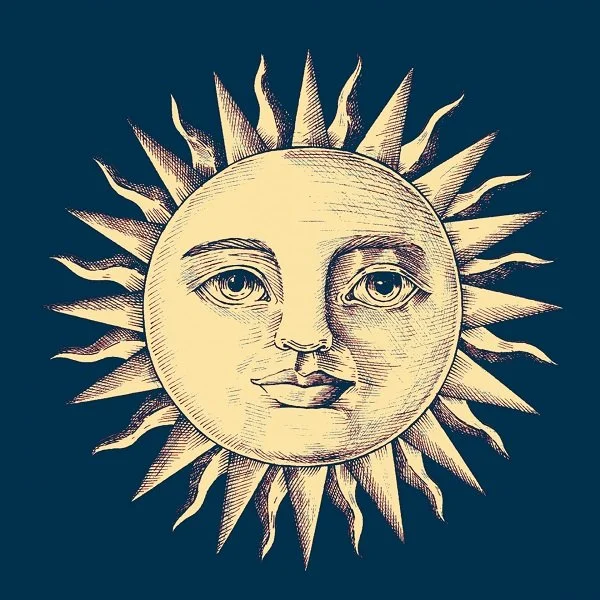Summer Solstice
“The sun is but a morning star” ~ Henry David Thoreau, ‘Walden’ (1854)
Today, the 21st of June, marks the summer solstice, the astronomical first day of summer in the Northern Hemisphere.
I don’t know about other parts of the world in the Northern Hemisphere, but here in the UK, the past week especially has been gloriously hot and summery and today is no different.
The word ‘solstice’ comes from the Latin ‘sol’, which means ‘sun’, and ‘sistere’, which is ‘to stand still’.
The solstice – summer or winter – indicates the point when the Sun’s movement across the sky pauses at its highest northern or lowest southern point before reversing direction.
The summer solstice has been observed for centuries around Europe where it was likely to have been related to crop cycles.
Image by yvonneh11 (Pixabay)
Celtic, Slavic, and Germanic peoples celebrated the summer solstice by lighting bonfires in the hopes of a healthy harvest.
In Nordic communities, which don’t experience as much sunlight, the Vikings welcomed the summer solstice as it heralded longer days, which brought with it, among other opportunities, increased hunting.
While there can be a tendency to merge the summer solstice with Midsummer’s Day, the two are distinct events, and usually fall a few days apart, between the 20th and the 24th of June.
On Midsummer’s Eve in England, villagers would build bonfires to ward off evil spirits in a ritual called ‘setting the watch’.
It was said that jumping over a bonfire unscathed would guarantee a person good luck for the coming year.
To celebrate Midsummer, some early European cultures would set either a wheel or a large ball of straw on fire, which they would then roll down a hill into a river.
It was a Welsh belief that a good crop was guaranteed if the fire went out before the wheel hit the water.
“Give me the splendid silent sun, with all his beams full-dazzling…” ~ Walt Whitman.
Observing the summer solstice isn’t a tradition that’s limited to Western cultures.
Other ancient cultures also had their own traditions centred around this time.
In Ancient Egypt, the summer solstice coincided with the flooding or inundation of the Nile River, upon which the fertility of the land and agriculture depended.
Ancient Egyptian priests would look out for Sopdet, an important star to them, known to us as the star Sirius.
The star and Egyptian goddess Sopdet (Jeff Dahl - Wikipedia)
When Sopdet, the brightest star in the night sky, became visible after a 70-day absence, this signalled the summer solstice, which heralded the Nile’s annual flooding.
It also meant the prediction of the Egyptian New Year, known as ‘Wepet Renpet’, which always corresponds with the annual flooding of the Nile.
To finish, here’s part of an Irish blessing:
‘May flowers always line your path and sunshine light your day.’


